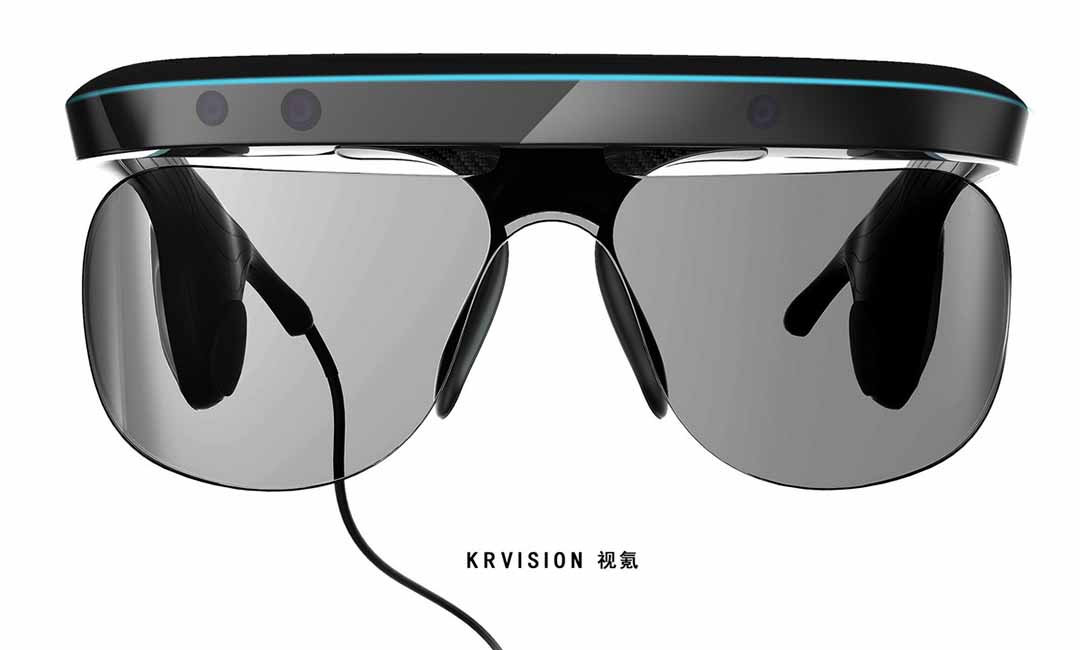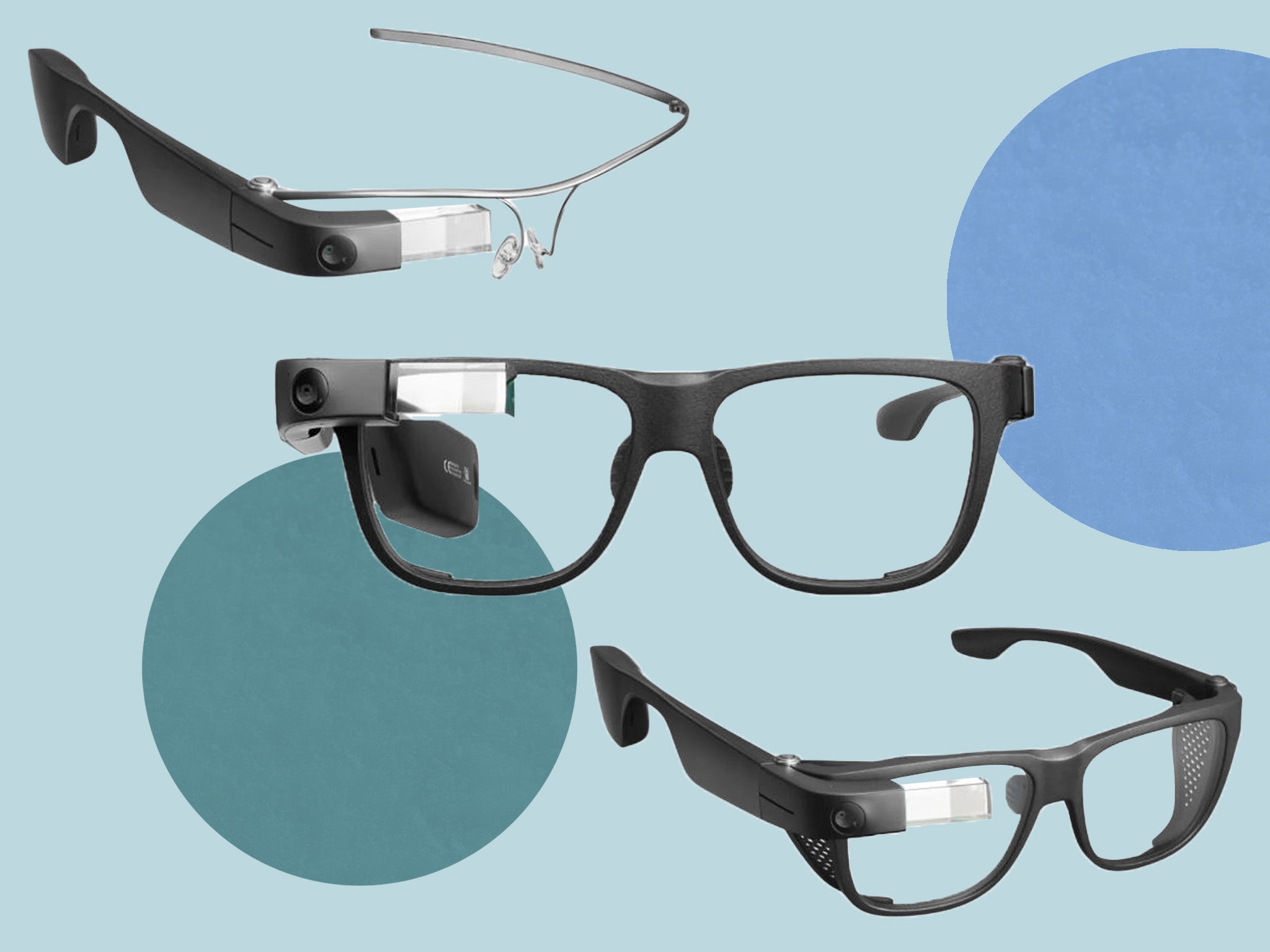Wearable Technology for Low Vision: Transforming How We Navigate the World
Enhancing Ease Of Access Through Assistive Technology for the Blind
The assimilation of assistive innovation for the blind stands for a critical advancement in access, essentially modifying exactly how people browse their settings and engage with culture. From screen visitors to innovative wise walking canes, these tools not just enhance self-reliance but likewise advertise inclusivity in various rounds of life. As we explore the diverse kinds of assistive devices and their concrete effect on everyday living, it comes to be important to analyze just how recurring technological improvements are improving the landscape of support for the blind area. What implications do these advancements hold for the future of accessibility?
Overview of Assistive Technology
Assistive innovation refers to a series of tools and software designed to enhance the abilities of individuals with disabilities, consisting of those who are visually impaired or blind. This technology plays an important function in promoting independence and improving the lifestyle for individuals. By supplying alternate methods for accessing information and performing day-to-day jobs, assistive innovation equips individuals to browse their atmospheres a lot more efficiently.
The development and execution of assistive modern technology accept a variety of concepts intended at fostering accessibility. These concepts consist of user-centered design, which focuses on the demands and preferences of the individual, and the assimilation of innovation into day-to-day activities. Such advancements make certain that assistive gadgets are not only practical but additionally user-friendly and easy to utilize.
In addition, assistive innovation encompasses a varied spectrum of options, from low-tech options like magnifiers to sophisticated advancements such as display visitors and Braille display screens. The continuous advancement of this field is driven by the demand to address the special challenges dealt with by individuals with visual disabilities (Wearable technology for low vision). As technology remains to breakthrough, the potential for boosting ease of access and advertising inclusivity stays promising, eventually adding to a more equitable culture

Kinds Of Assistive Gadgets
Countless kinds of assistive devices are readily available to sustain individuals who are blind or aesthetically impaired, each created to attend to specific demands and obstacles. These devices can be generally classified into three primary kinds: low-tech, mid-tech, and high-tech services.
Low-tech gadgets consist of things such as magnifiers, Braille tags, and tactile maps. These are relatively easy devices that improve the customer's capacity to interact with their environment without requiring complicated innovation.
Mid-tech tools usually entail advanced functions, such as electronic magnifiers and portable Braille note-takers. These devices can supply capabilities like speech result, enabling individuals to gain access to information more efficiently.

Influence On Daily Living
The accessibility of various assistive gadgets significantly improves the quality of life for people who are blind or aesthetically impaired, impacting their everyday living in extensive methods. By incorporating innovations such as display readers, Braille shows, and audio summary services right into their regimens, individuals get greater freedom and independence. These devices facilitate access to details, enabling individuals to do everyday jobs, such as reviewing emails, navigating public areas, and enjoying media material.
In addition, assistive devices equip people to involve more fully in social interactions and neighborhood tasks. The capacity to make use of smartphones furnished with access features enables seamless communication and connection with others. This connection promotes a feeling of belonging and lowers sensations of isolation.
In specialist setups, assistive modern technology sustains productivity by allowing individuals to complete work tasks efficiently. Tools like voice recognition software and specialized magnification devices enable users to participate in the workforce on equal footing with their sighted peers.

Developments in Innovation
Recent technological developments have substantially transformed the landscape of tools available for people that are aesthetically impaired or blind. The integration of artificial intelligence (AI) and artificial intelligence has offered surge to applications that boost navigation and item recognition. Smartphone applications can currently utilize AI to identify and define surroundings in real-time, providing customers with important contextual information.
In addition, improvements in haptic technology have actually caused the development of clever walking sticks equipped with sensing units that discover obstacles and give tactile responses. This equips users to browse their environment with raised self-confidence and independence. Innovations in text-to-speech software and braille screens have boosted the accessibility of electronic content, allowing for seamless interaction with different media.
Wearable modern technologies, such as smart glasses, are also making strides in aiding aesthetic problems. As modern technology proceeds to progress, the capacity for even more transformative tools stays on the horizon.
Future Trends and Innovations
As modern technology quickly advances, the future of assistive tools for people who are blind holds immense pledge. Advancements in expert system (AI) and artificial intelligence are positioned to transform the means blind users engage with their environments. AI-driven applications are being created to enhance item acknowledgment, allowing users to determine and browse their surroundings with higher simplicity and precision.
Moreover, improvements in haptic responses technology are allowing the development of responsive maps and navigating help that give real-time information through touch. These developments not just enhance movement however likewise foster freedom. Additionally, wearable devices geared up with enhanced truth (AR) attributes are arising, using individuals aesthetic info with audio summaries, blog here therefore bridging the space in between the physical and electronic globes.
Moreover, the assimilation of clever home modern technology presents brand-new possibilities for accessibility, permitting people to regulate their living atmospheres with voice commands or smartphone applications. As cooperation in between tech programmers and the blind area continues, the concentrate on user-centered design will certainly make certain that future technologies are customized to satisfy the distinct needs of this population (Wearable technology for low vision). The trajectory of assistive technology promises an extra comprehensive and empowering future for individuals that are blind
Verdict
In final thought, assistive modern technology plays an essential this duty in improving access for people with visual impairments. Constant developments in innovation and user-centered style make sure that these tools cater properly to the distinct requirements of the blind neighborhood.
The assimilation of assistive technology for the blind represents a crucial development in access, fundamentally changing just how people navigate their atmospheres and involve with culture.Assistive technology refers to a variety of gadgets and software program designed to enhance the abilities of people with handicaps, including those who are aesthetically damaged or blind. Wearable technology for low vision.As technology rapidly advances, the future of assistive tools for people that are blind holds tremendous assurance. The trajectory advice of assistive technology promises a more empowering and comprehensive future for people that are blind
In verdict, assistive modern technology plays an important function in improving access for individuals with aesthetic problems.